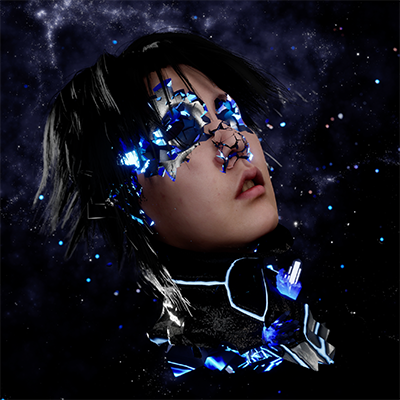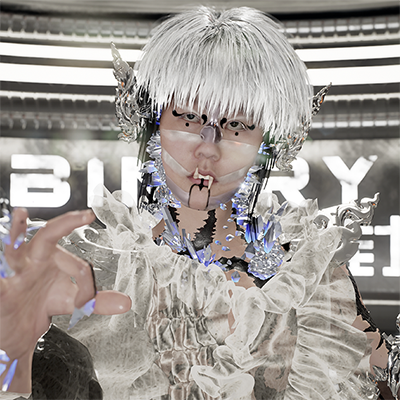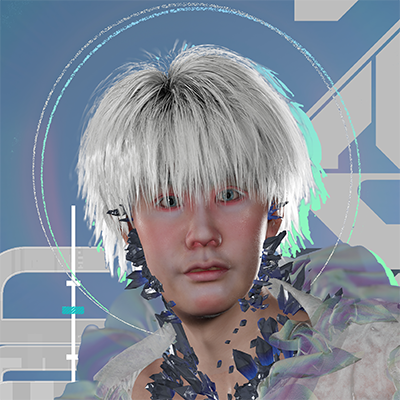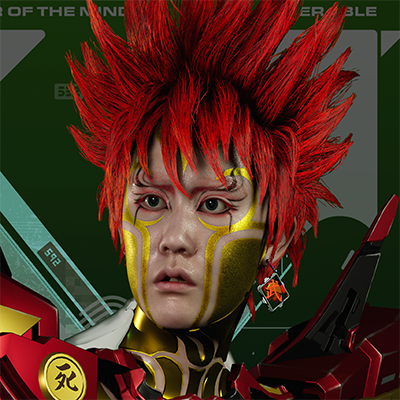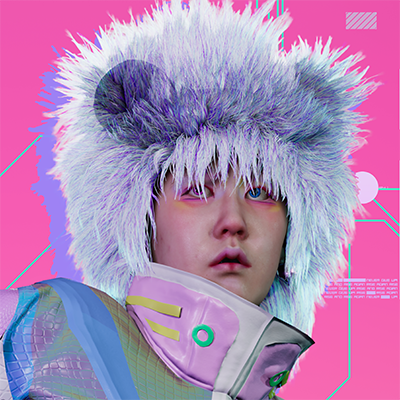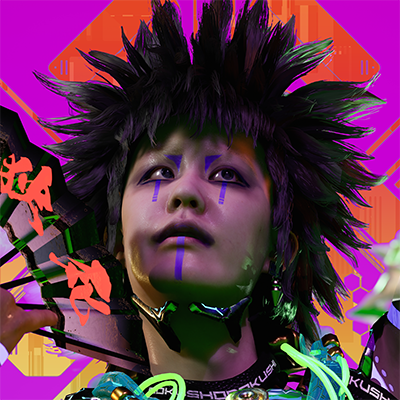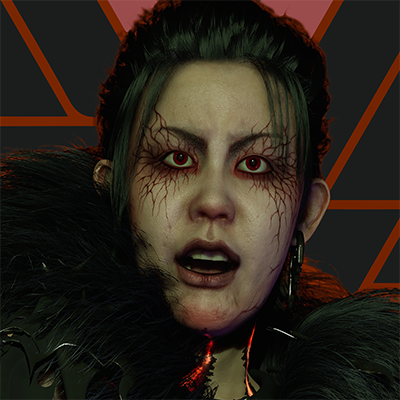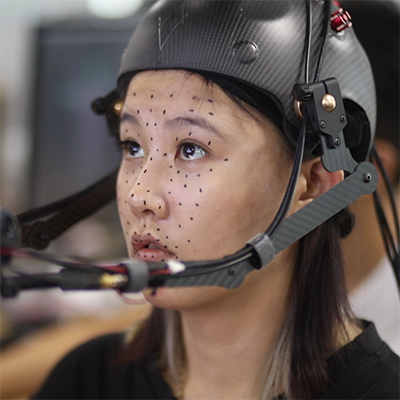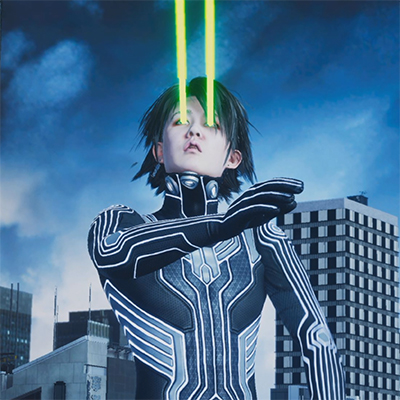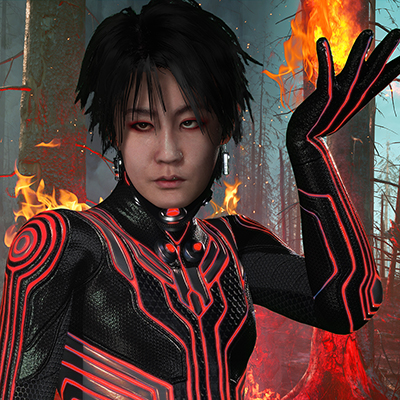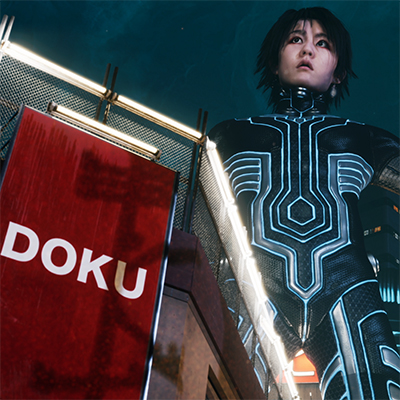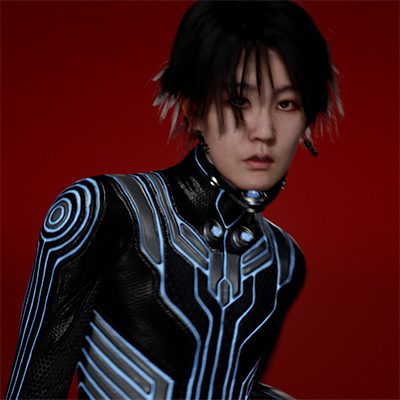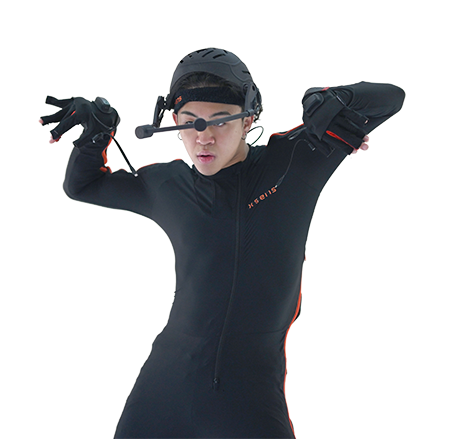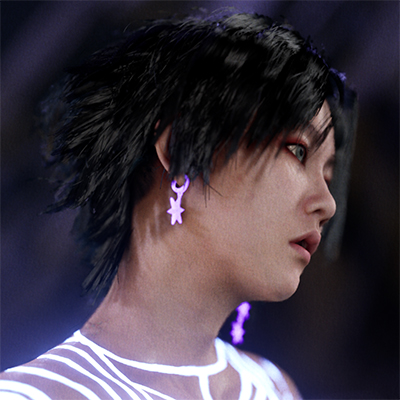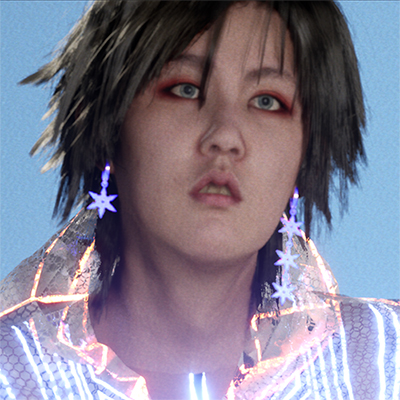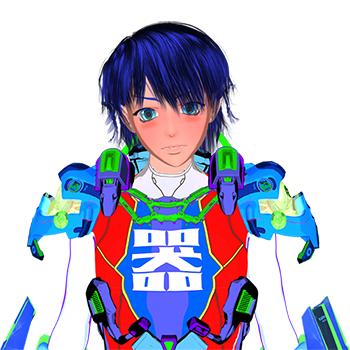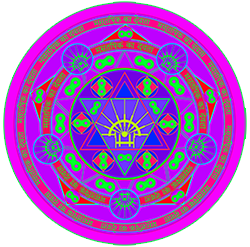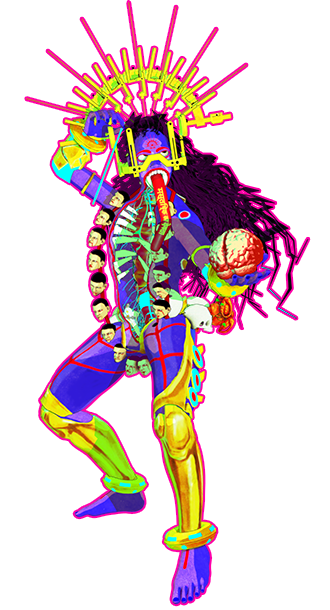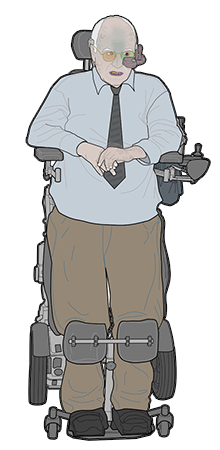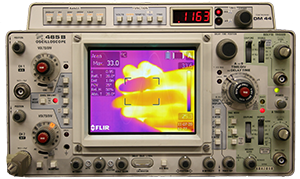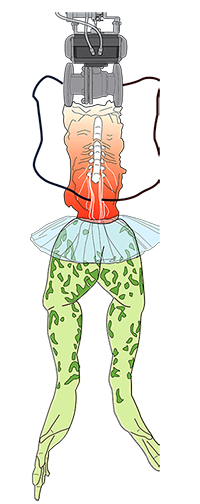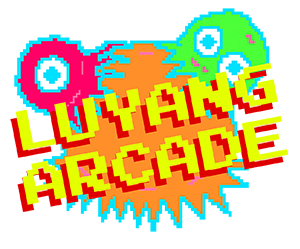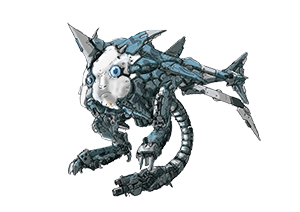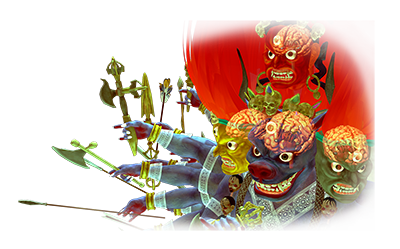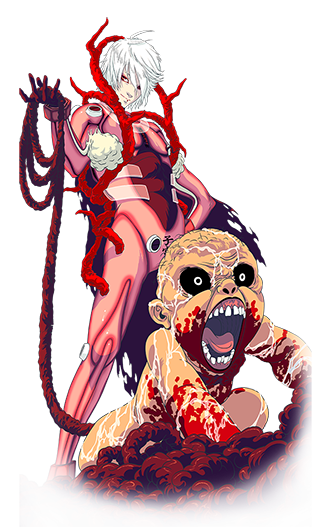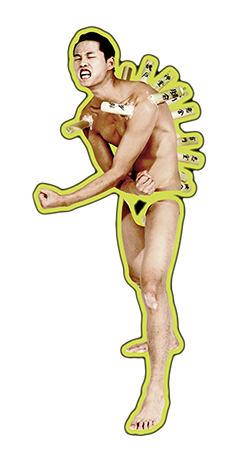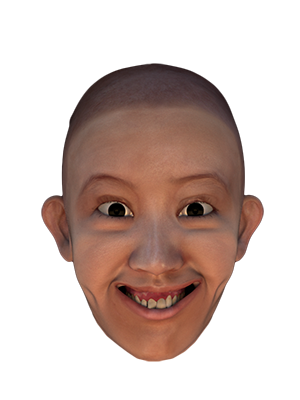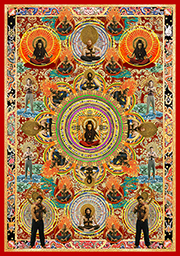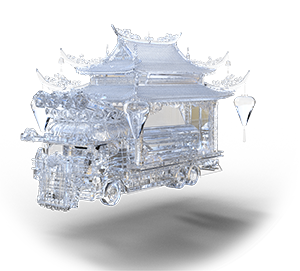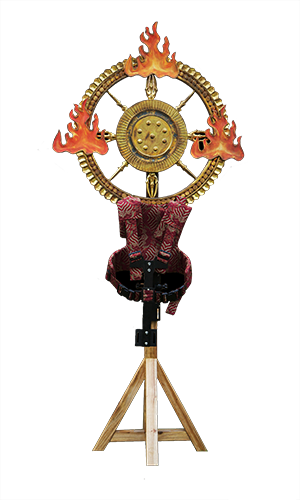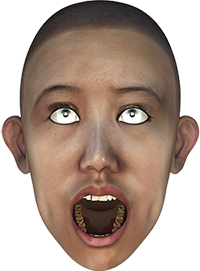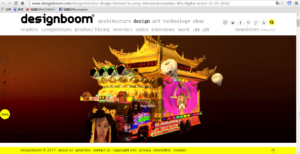chinese media creative lu yang has created a mesmerizingly experimental film called ‘delusional mandala’ that sees the artist transformed into a digitized asexual avatar. yang has used her own body as the starting point to create a transformational humanoid figure, first mapping patterns in her own brain using transcranial magnetic stimulation — a procedure that uses magnetic fields to stimulate nerve cells — in order to establish views of her cerebral limbic system. using this data, yang then transformed her brain and body into a digital avatar that extends and travels through a universe of surreal delusions and effects.
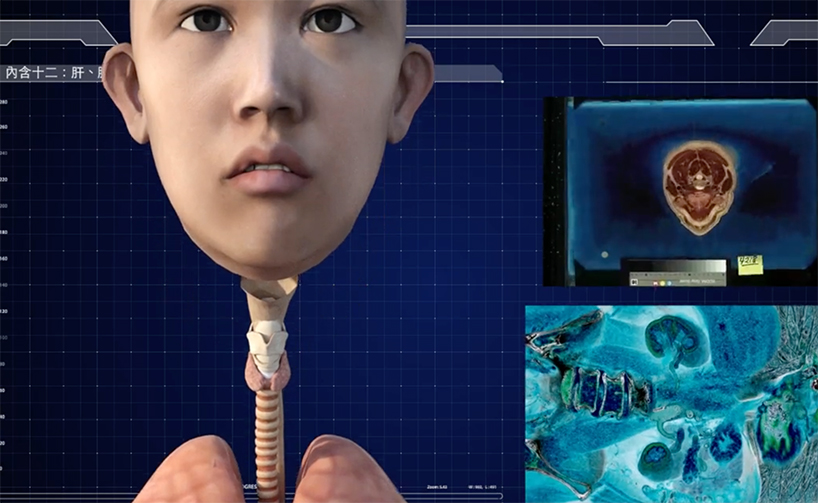
‘delusional mandala’ sees the artist transformed into a digitized asexual avatar
screenshots courtesy of lu yang
‘delusional mandala’ takes viewers on a psychedelic sojourn through a spectrum of disjoined digital graphics, religious iconography, animated dancing humanoids, nude figures, medical visuals and scientific structures. by subjectively introducing this host of cultural and religious references into the film, along with her thoughts on the physical world’s impermanence, yang induces a digital delusion. her meticulous control of images in the post-internet age, manifested through a diverse repertoire of expressive techniques, highlight the artist’s collected musings on science, religion and philosophical explorations of life and death.
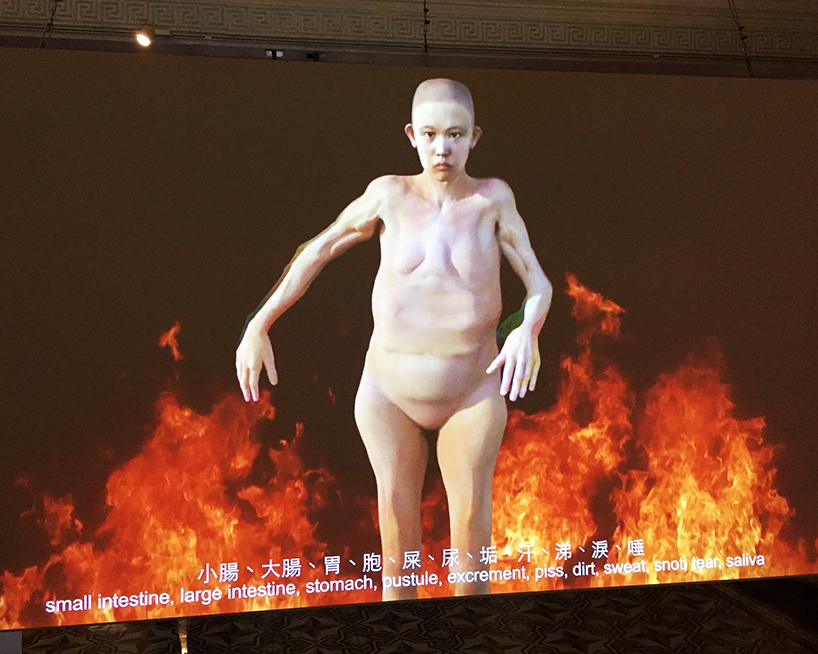
yang has used her own body as the starting point to create a transformational humanoid figure
image by designboom
the artist constructs a mandala that is truly unique to her, forming yang’s reflection on her own body and work — past, present and future. part of the simulated delusions show the artist-avatar continually and comprehensively damaging herself and her projects — a reflection on human consciousness and the connection between that awareness and the human brain. the film sees the figure go through a thoroughly transformative process of life and death, first engaging with brain mapping machines, then enacting meditative rituals, dance and mind games, before finally being placed in a coffin and transported away by a psychedelic temple-bus covered in gold graphics and digital images.
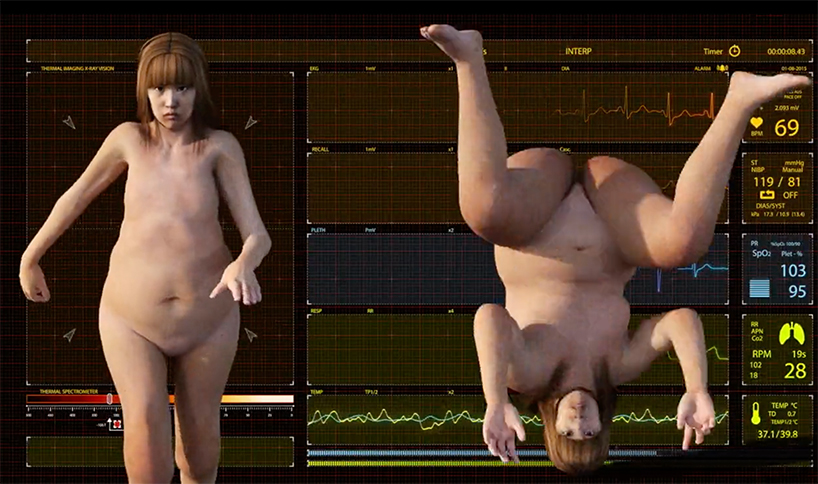
the psychedelic sojourn travels through a spectrum of disjoined digital graphics
‘delusional mandala’s’ presentation at the istanbul design biennial coincides with this year’s theme: are we human?.this third edition explores the intimate relationship between humans and design over a time period that spans from the last two seconds to the last 200,000 years. ‘design is the most human thing about us, design is what makes us human,’ curator beatriz colomina told us at the event. ‘it is the basis of social life, from the very first artifacts to the exponential expansion of human compatibility….we wrote a polemical manifesto with eight propositions, and invited a galaxy of artists, designers, architects, theorists, choreographers, film makers, historians, archeologists, scientists, and collaborations with all of the above to respond to these propositions.’
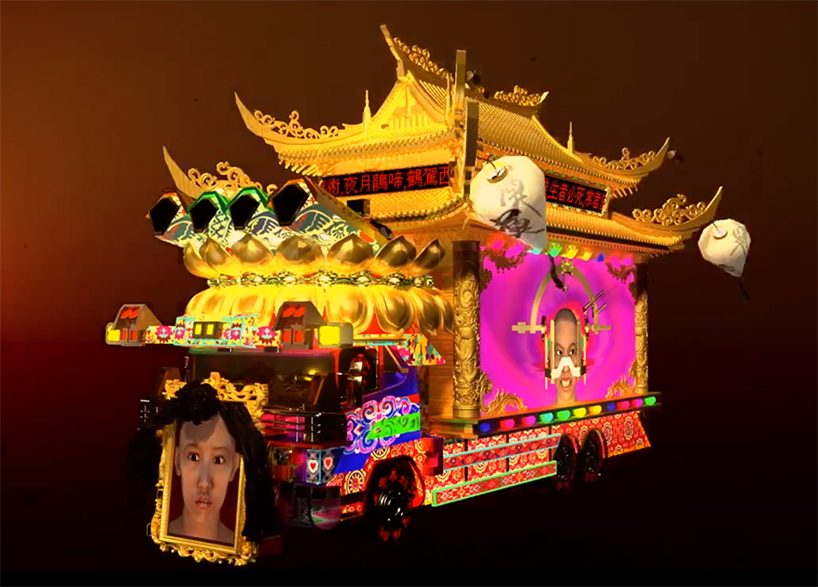
after death, the avatar figure is transported by a a temple-shaped bus clad in gold
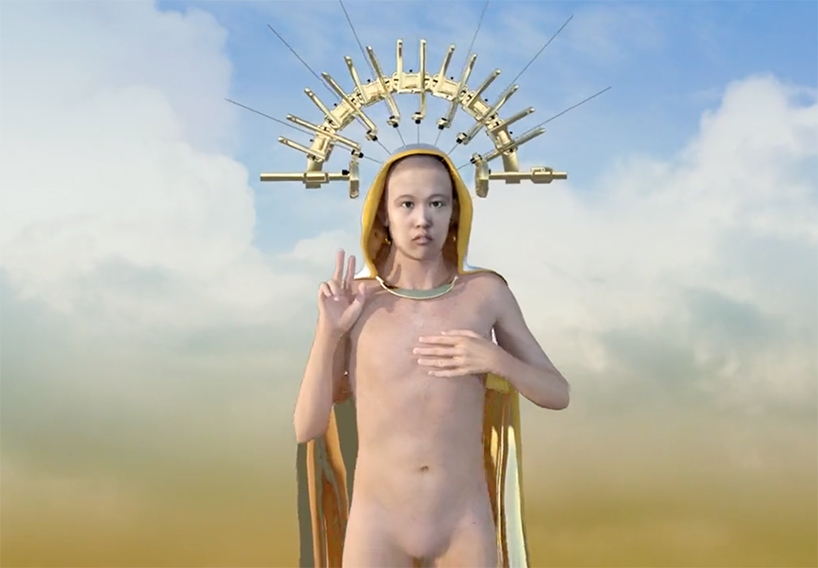
the artist constructs a mandala that is truly unique to her
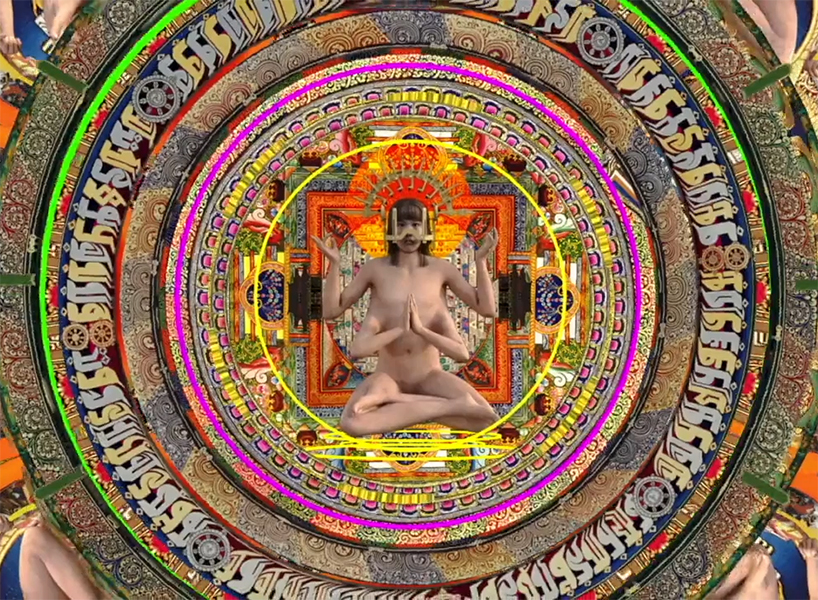
a range of graphics are combined to create a mezmerizing display of iconography
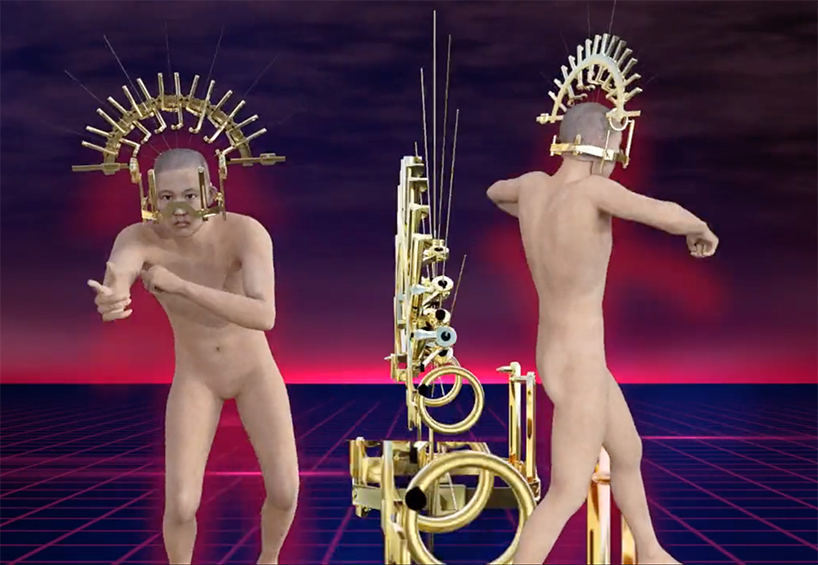
the film forms yang’s reflection on her own work — past, present and future
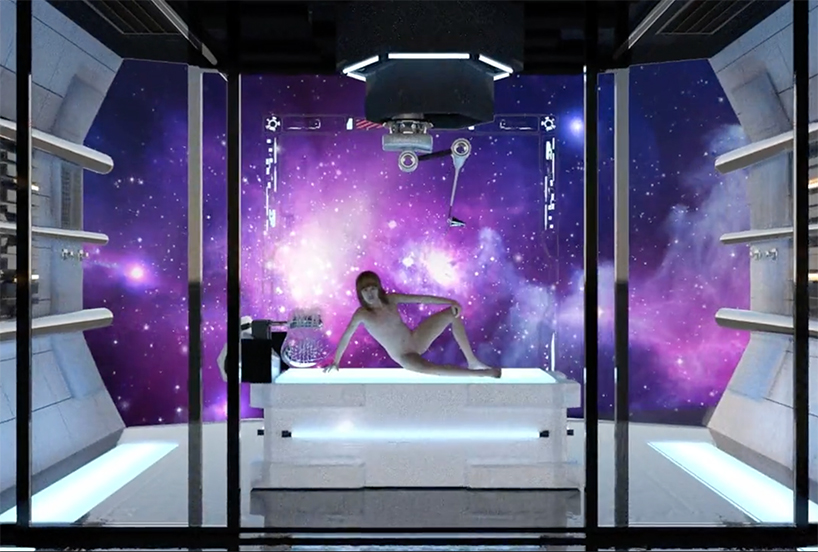
the digital avatar extends and travels through a universe of surreal delusions and effects
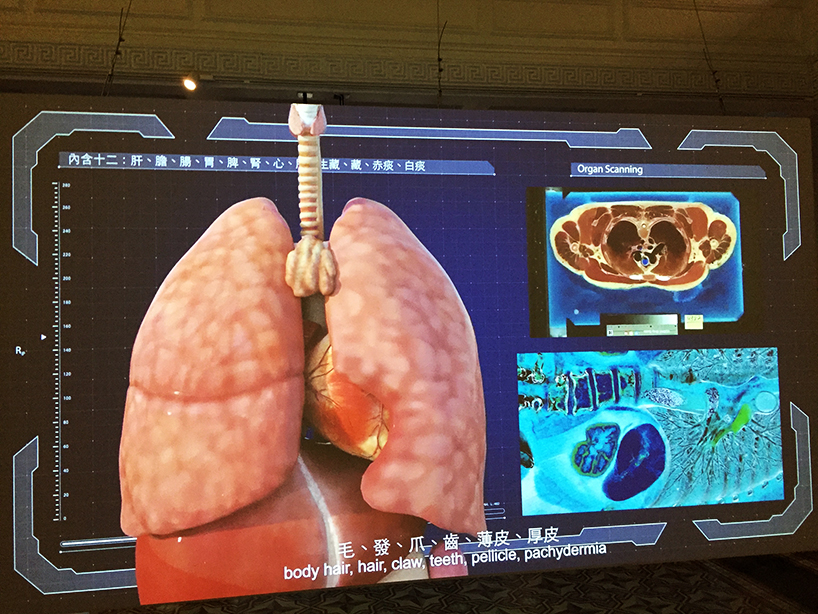
the film forms a reflection on human consciousness and the connection between the brain and body
image by designboom
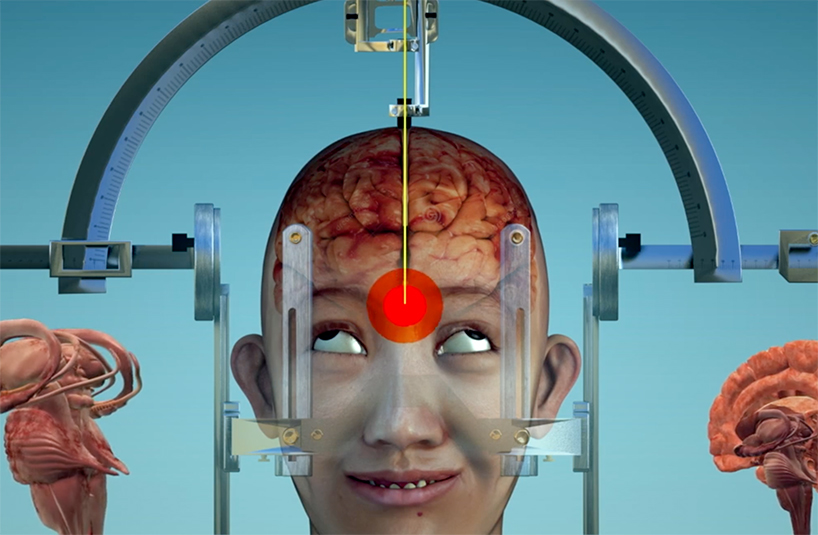
the artist’s control of images in the post-internet age is manifested through a repertoire of techniques
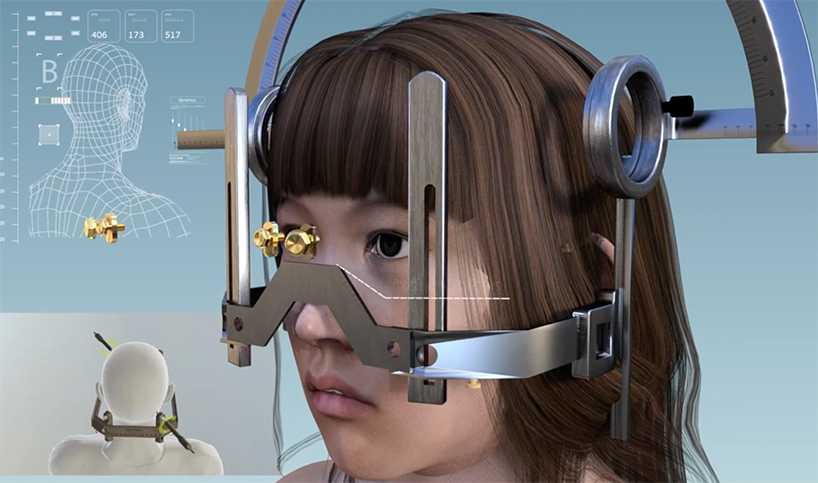
the film highlights the artist’s musings on science, religion and philosophical explorations of life and death
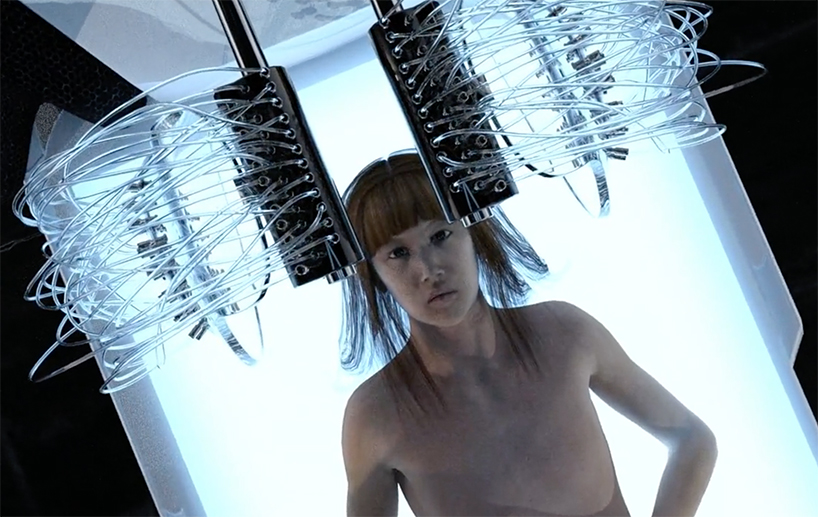
‘delusional mandala’s’ presentation at the istanbul design biennial coincides with this year’s theme: are we human?
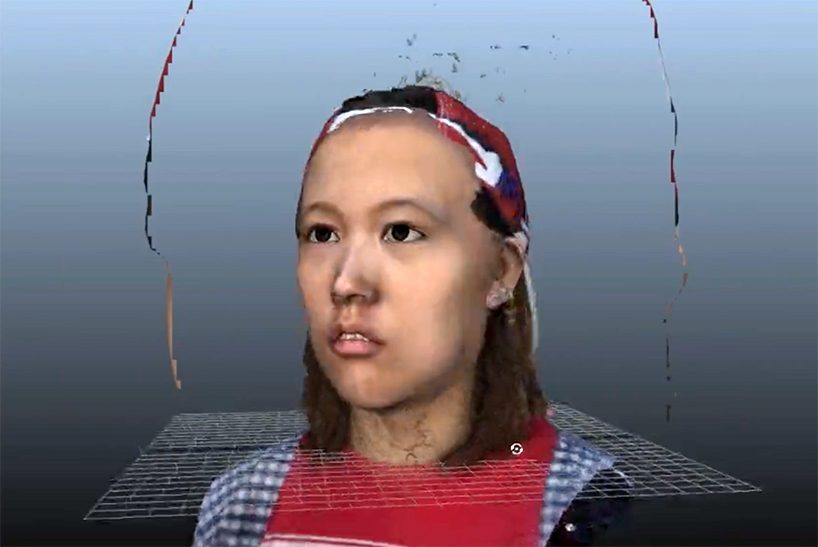
yang has used her body as the starting point to create a transformational humanoid figure
